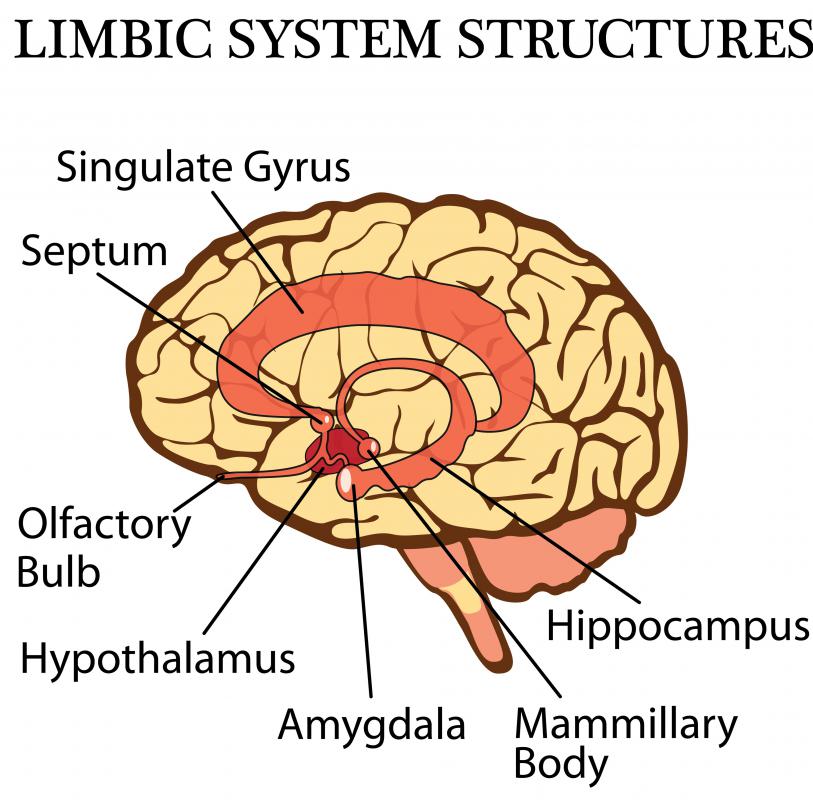At WiseGEEK, we're committed to delivering accurate, trustworthy information. Our expert-authored content is rigorously fact-checked and sourced from credible authorities. Discover how we uphold the highest standards in providing you with reliable knowledge.
What Is a Retinal Ganglion Cell?
A retinal ganglion cell is a neuron in the mammalian retina that receives input from bipolar and amacrine cells, both of which process information from the photosensitive cells in the retina: rods and cones. Retinal ganglion cells provide one of the first steps in the visual information integration process since they each combine and relay information from more than one photoreceptor cell. There are well over one million retinal ganglion cells in the human eye and they make up the innermost cell layer of the retina.
Retinal ganglion cells form their own cell layer in the front of the retina, closest to the vitreous humor in the eyeball. These cells send projections back to the brain through the optic nerve. The optic nerve is made up of afferent processes from retinal ganglion cells, some of which cross to the contralateral side of the brain at the optic chaism, and others of which pass though to the ipsilateral brain hemisphere.

Light hits the retinal ganglion cells before it passes through the layers of the retina and finally reaches the rods and cones near the back of the eye, which are photosensitive cells. Some retinal ganglion cells are even photosensitive, themselves, relaying information to the hypothalamus to control circadian rhythms and relaying information to the muscles that resize the pupil based on the quantity of available light. These cells don't actually transmit image information. Once light reaches the cells in the farthest layer of the retina — the photosensitive layer — the signal from rods and cones is then transduced back through all the layers of the eye until it reaches the retinal ganglion cell layer, which will then send projections back into the brain.

A single retinal ganglion cell will receive input from bipolar cells, which are innervated by photoreceptors and amacrine cells. Amacrine cells also receive input from bipolar cells and represent another step in visual information integration and processing. In addition to amacrine cells, most retinal ganglion cells are glutamatergic, which means they use glutamate as their neurotransmitter.
The spatial organization of the retinal ganglion cell layer is preserved throughout the neural loci targeted by the retinal ganglion cell afferents. These areas are the superior colliculus, the lateral geniculate nucleus of the thalamus, the hypothalamus, and the pretectum. The superior colliculus and the lateral geniculate nucleus both retain spatial maps organizing image-based information, preserving a representative map of incoming visual information based on the receptive field of each retinal ganglion cell. Though these areas receive input from retinal ganglion cells, the visual cortical areas of the brain are known for processing image information.
AS FEATURED ON:
AS FEATURED ON:












Discuss this Article
Post your comments